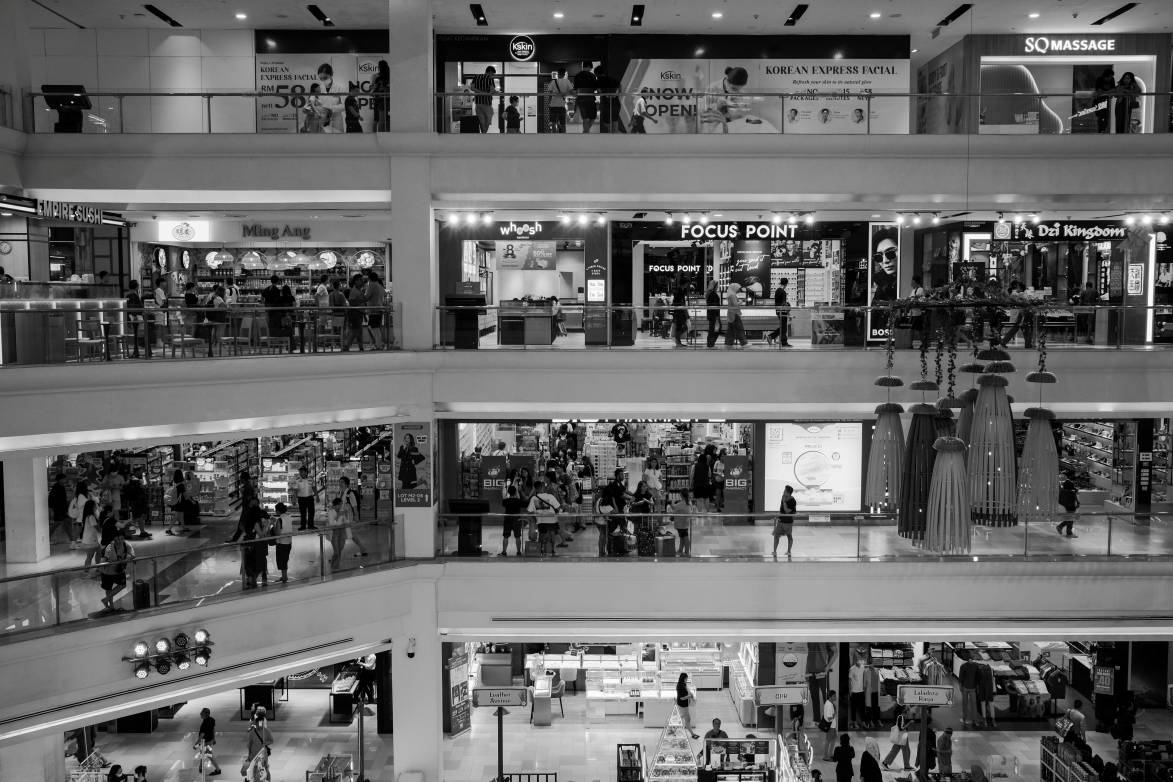Retail crime is often perceived as a straightforward issue: a shoplifter takes merchandise without paying, the store loses revenue, and security measures are increased. However, the financial and operational impact of retail crime extends far beyond lost goods. The hidden costs—ranging from increased security expenses to higher prices for consumers—can be staggering.
Understanding the Scope of Retail Crime
Retail crime encompasses a variety of illegal activities, including shoplifting, employee theft, organized retail crime (ORC), and fraud. According to the National Retail Federation, losses due to theft alone amount to tens of billions of dollars annually in the U.S. But these figures only scratch the surface of the broader consequences.
The Financial Ripple Effect
When a business suffers losses due to theft, the cost isn’t simply absorbed—it gets distributed in several ways:
- Higher Prices for Consumers
To offset losses, retailers often raise prices, meaning honest customers ultimately pay more for goods. This inflationary effect can make everyday essentials less affordable, particularly in lower-income communities where crime rates tend to be higher. - Increased Security Measures
To combat theft, businesses must invest in security measures such as surveillance cameras, anti-theft tags, alarm systems, and even security personnel. While these measures may deter some criminals, they represent a significant ongoing expense for retailers. Additionally, some stores are incorporating commercial privacy film on display windows to prevent criminals from easily scouting merchandise for potential theft. - Loss of Consumer Trust
Frequent incidents of theft and fraud can create a perception that a store is unsafe, driving away law-abiding customers. Consumers who feel uncomfortable shopping in certain locations may take their business elsewhere, leading to reduced foot traffic and lower sales. - Increased Insurance Costs
Retailers experiencing high levels of theft often see their insurance premiums rise. Just as auto insurers charge more for accident-prone drivers, businesses that frequently file claims for stolen goods or property damage are seen as higher risks. This increased financial burden is yet another hidden cost passed on to consumers. - Impact on Employees
Employee theft is another significant component of retail crime, and it often comes from trusted staff members exploiting their access to merchandise and financial systems. This not only results in lost revenue but also fosters a culture of mistrust within the organization. Retailers may need to implement stricter hiring processes, employee monitoring, and loss prevention training—all of which require additional resources.
The Role of Organized Retail Crime
Organized retail crime (ORC) is a growing problem, involving sophisticated networks of criminals who steal goods in bulk and resell them through online marketplaces, flea markets, or overseas. Unlike casual shoplifting, ORC can drain millions from retailers, affecting inventory levels and disrupting supply chains. Because these operations often involve fraud and identity theft, businesses may also need to invest in advanced fraud detection tools, adding another layer of hidden costs.
How Retailers Can Mitigate These Costs
To minimize the financial impact of retail crime, businesses must adopt a multi-faceted approach:
- Enhanced Technology: Retailers are increasingly turning to AI-powered surveillance, RFID tracking, and predictive analytics to detect suspicious activity before theft occurs.
- Legislative Advocacy: Many retailers are lobbying for stricter laws and penalties for repeat offenders, particularly in cases of organized retail crime.
- Community Engagement: Building stronger relationships with local communities and law enforcement can help deter crime and foster safer shopping environments.

Conclusion
Retail crime is more than just stolen merchandise—it’s a complex issue with hidden costs that affect businesses, consumers, and employees alike. From increased security expenses to higher prices and strained customer relationships, the impact of theft extends far beyond the immediate financial loss. By investing in better security, leveraging technology, and working with lawmakers, retailers can take steps to reduce these hidden costs and create a more sustainable shopping environment for all.
Published by Jeremy S.











